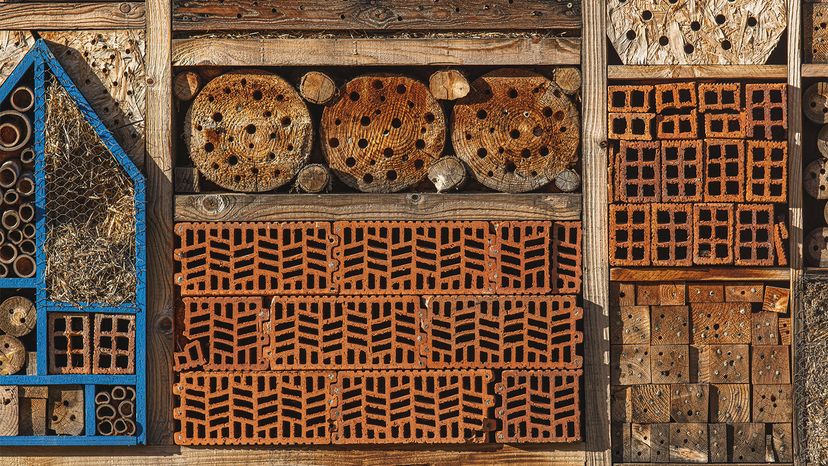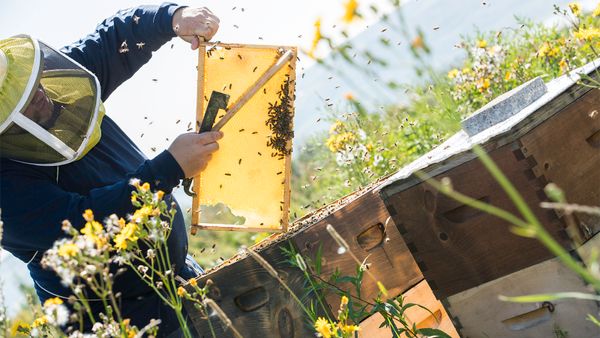
Bugs need a place to hang out just like everybody else. If your garden or yard has a little bit of fallow ground, you could give some insects a place to lay down their weary heads.
Populations of terrestrial insects all over the world are declining at a rate that have alarmed scientists since a 2017 German study found the overall biomass of flying insects has declined by up to 75 percent worldwide in the past 30 years for reasons that aren't yet completely understood. A January 11, 2021, study in the journal Proceedings of the National Academy of Sciences (PNAS) confirmed the same conclusion. Bugs are in trouble, which does not bode well for the rest of us. However, scientists studying the decline recommend protecting wild habitat and spaces friendly to insects while they figure it out.
Advertisement
Insect hotels give bugs protection from predators as well as a place to overwinter, nest, lay eggs and care for their young. Although it's helpful to know exactly what sorts of insects you want to lure to your yard or garden before creating your insect hotel, there are a few types to consider as you're designing the structure.
One of the groups of insects hit hardest in the past few decades are solitary bees, which are important pollinators and most often stingless. We think of bees as social and moderately threatening, but most bee species nest alone in holes in the ground — and the diameter of the preferred hole varies between species. Centipedes (which eat garden slugs), garden spiders, woodlice and beetles love rotting logs. Pollinating hoverflies and aphid-eating ladybugs prefer bundles of twigs and sticks, while lacewings (which eat many different garden pests from scale insects to mites) like to nest in straw, dried grass or rolled up cardboard.
Insect hotels are a favor to our little many-legged friends, but are definitely an art project as well. The Guinness World Records biggest bug hotel is fashioned from a fallen Sitka spruce, bricks, bamboo canes, wood chips, bark, wildflower seeds, clay pipes and strawberry netting. But any collection of rotting logs, lichens, cinder blocks, wood pallets, wooden blocks drilled with various sized holes of different depths between 0.2 inches (0.5 centimeters) and 0.4 inches (1 centimeter) in diameter, and hollow twigs and stems, will make many species happy.
As insects often like sheltered areas, where you locate your insect hotel is an important consideration. Many insects like relatively damp conditions, but solitary bees prefer direct sun and low humidity. It's also important to clean out and restock and refurbish your insect hotel, using great care not to disturb any eggs or remaining residents, from time to time to keep your little buddies healthy and coming back to stay.
Advertisement

